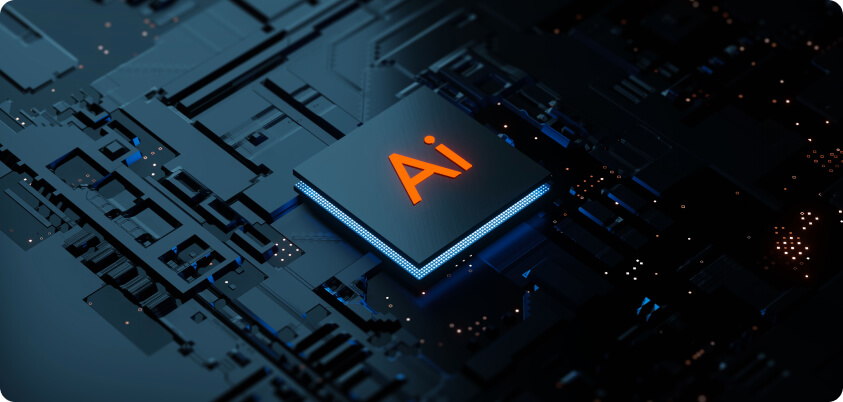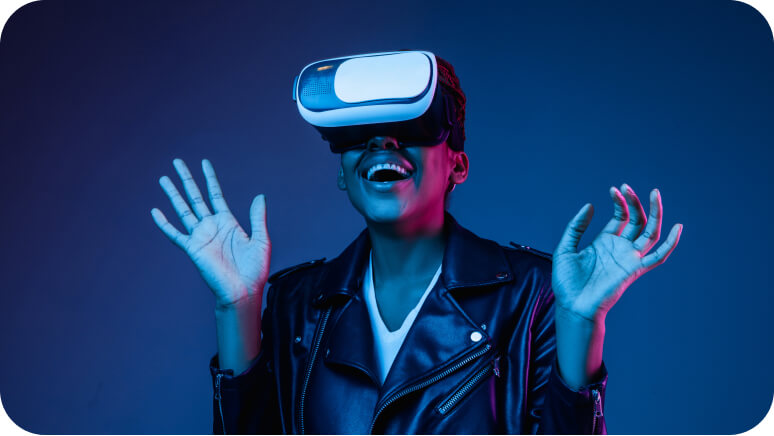
Rule-Based Chatbots
Rule-based chatbots operate on predefined scripts and decision trees. These bots follow a structured flow and only respond to specific commands or keywords set by developers.

Rule-based chatbots operate on predefined scripts and decision trees. These bots follow a structured flow and only respond to specific commands or keywords set by developers.

AI-powered chatbots use machine learning and Natural Language Processing (NLP) to understand and respond to user inputs dynamically. These chatbots can improve over time based on interactions.

These chatbots use speech recognition and text-to-speech technology to interact with users through voice commands. They are commonly found in smart assistants and call center automation.

Hybrid chatbots combine rule-based responses with AI-powered processing, offering flexibility in handling user inquiries. They provide structured guidance while allowing AI to handle unexpected queries.

These chatbots are specifically designed to work on platforms like Facebook Messenger, WhatsApp, Instagram, and Telegram. They help businesses engage with users directly through social media messaging.

Transactional chatbots assist users in completing specific tasks, such as booking tickets, ordering food, or managing financial transactions. These bots streamline business processes and improve customer convenience.